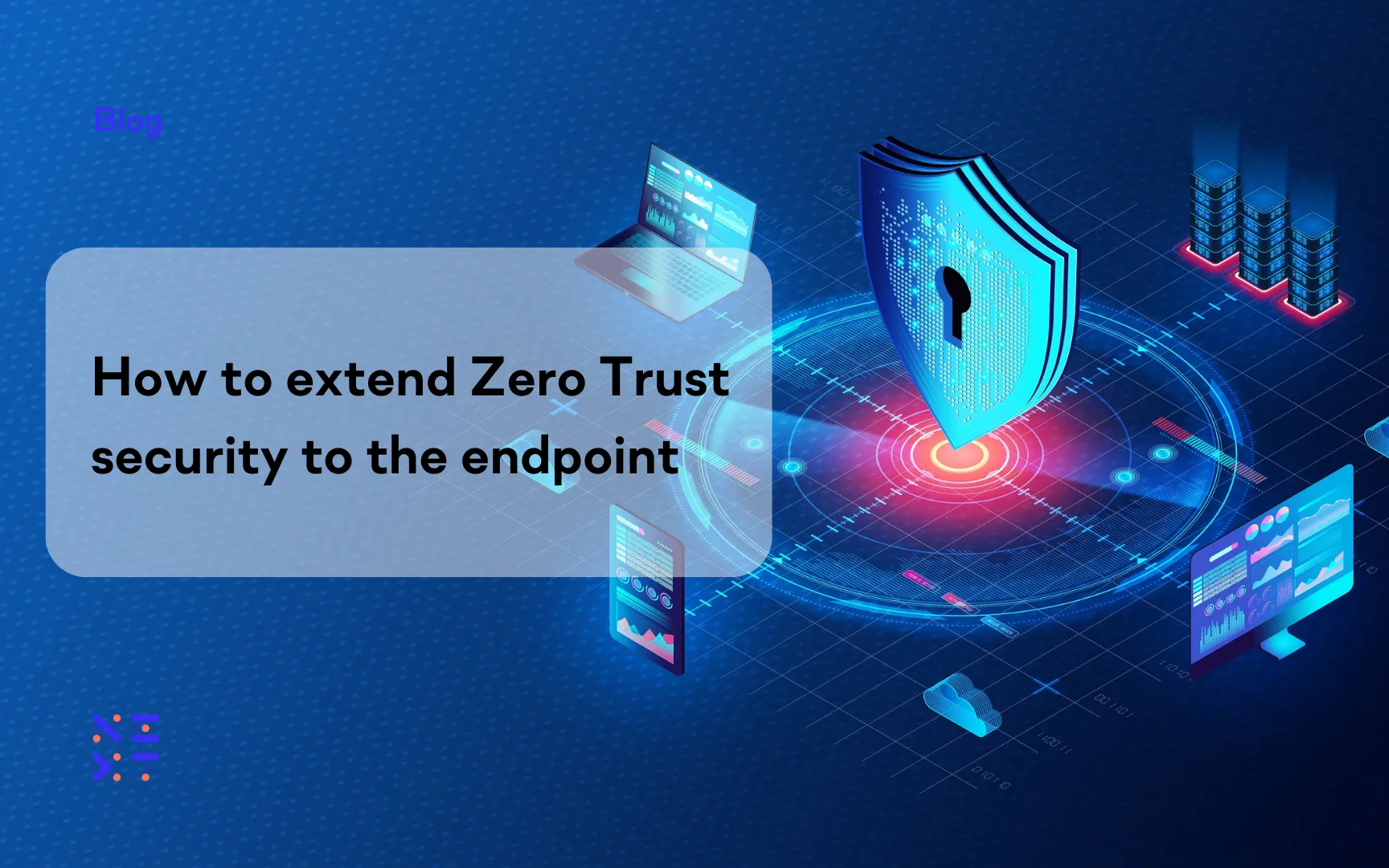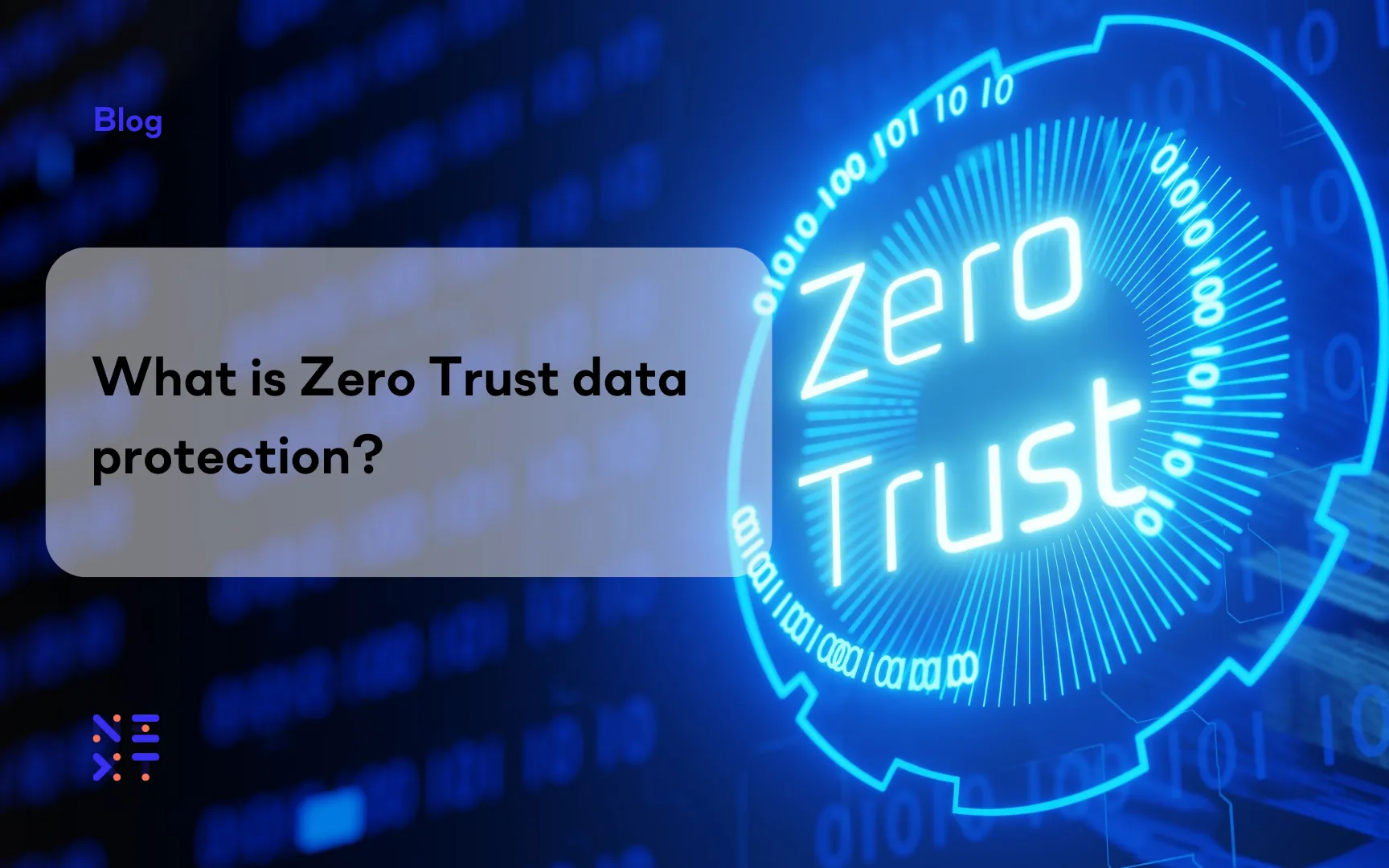Fortinet Acquires Next DLP Strengthens its Top-Tier Unified SASE Solution
Read the release

In the era of remote work, data loss prevention (DLP) for the cloud has become increasingly important. Companies need to protect their valuable data from:
A DLP solution enables a company to identify its most sensitive and at-risk data so it can be afforded the additional protection it warrants.
We’ll discuss how DLP works in more detail, but first, let’s review what data loss prevention is and what companies should consider implementing it.
In this article:
Data loss prevention is an overarching strategy for protecting a company’s valuable data from threats initiated by internal or external entities. DLP uses multiple processes and services that work in conjunction to identify and protect an organization’s data resources based on a company-defined data handling policy.
Companies develop data handling policies that address the specific types of information they store and process. Policies must align with business requirements and may include compliance with regulatory standards such as PCI-DSS or HIPAA. When policy violations are detected, a DLP software solution addresses and remediates the problem by generating alerts, educating employees and enforcing rules by implementing protective measures, such as clearing the clipboard when a user copies data from an unauthorized application.
DLP tools also provide visibility into data resources and reporting to furnish evidence of regulatory compliance. Cloud environments add an extra layer of complexity to the steps required to implement a DLP solution.
All companies can benefit from DLP. A reliable DLP solution is equally important for organizations with on-premises data centers as for those with cloud or hybrid computing environments. The general concepts of implementing DLP in any type of environment are the same. Let’s review those concepts and the complications of enacting DLP introduced by cloud computing.
In this review of how cloud DLP works, we’ll assume that an organization has developed its data handling policy. The policy should define what type of data an organization considers to be high-risk, moderate-risk, and low-risk if it were to be lost or compromised. Based on a data element’s risk level, it will be handled differently throughout a company according to the data handling policy. A simple example is high-risk trade secrets that should always be protected with end-to-end encryption.
Below, we’ll discuss several steps and activities required to implement data loss prevention.
Organizations need to understand where their data resides. Obtaining this knowledge demands a thorough inventory of the complete environment. The cloud can complicate conducting this inventory as there may be multiple infrastructures that encompass the environment.
An additional complication can come from so-called Shadow IT — where employees use non-approved cloud solutions to perform their jobs — which is especially prevalent in the era of remote work. It’s next to impossible to develop and maintain an inventory of onsite and cloud systems, but with modern DLP solutions this is not a problem.
An inventory is useful to companies whether or not they are implementing DLP. The first step directly related to preventing data loss is classifying all data elements. DLP solutions built for today’s distributed workforce can perform classification “on the fly”, informed by AI and ML on the endpoint. Classification is done using three basic methods:
Pre-discovery and pre-classification of data is often required by legacy DLP solutions. User-based classification is also required by legacy solutions and is a manual and expensive process. Content-based and context-based data classification can be done using automated tools.
Data is typically classified according to the level of risk its loss or disclosure presents for the organization:
The heart of a DLP solution monitors data flows, educates users, and enforces the data handling policy. This can take multiple forms such as not allowing sensitive data to be copied or encrypting moderate-risk data before letting it be transmitted on a public network.
Cloud infrastructures add complexity to the monitoring process as the DLP tool needs the capability to centrally observe all areas of the environment. Most cloud data is accessed over public networks, which can affect how information is classified and which actions are taken to enforce data handling policies.
Cloud DLP is not simply an automated software solution. Employees need to be trained regarding a company’s data handling policies and methods that can be used to protect enterprise data. A prime example of how the cloud impacts this training is again illustrated by Shadow IT. Employees need to understand the risks of using tools that may be outside the scope of IT support and therefore the DLP solution, rendering it less effective.
A DLP solution includes reporting features and analytics capabilities that can help enhance data handling policies. Reports can show that data classification procedures might need to be modified if false warnings are consistently generated. They can also identify problem departments or individuals who need additional training on proper data handling.
Analysis of where high-risk data is used most frequently can impact a company’s cybersecurity tactics. It may be decided that the organization should implement additional measures to protect the systems that process sensitive data.
The Reveal Platform by Next provides visibility into data resources, prevents data loss, mitigates organizational risk, and educates your workforce.
The platform provides effective data loss prevention without slowing down your business. Automated policy enforcement is carried out by lightweight agents compatible with Windows, macOS, and Linux systems.
Data loss prevention is crucial for every business, but the need for every business to implement DLP has never been more clear in the era of cloud computing and remote work. DLP for the cloud protects your company’s sensitive data from loss, compromise, theft, and unauthorized access so that you can keep your business-critical data, trade secrets data, and customers’ information secure. Get in touch with Next DLP today or book a demo to learn how easy it can be to implement a robust DLP solution that keeps your sensitive data safe.
Cloud environments add complexity to data management. DLP solutions help organizations inventory data, classify it according to risk, enforce data handling policies, and educate employees on best practices.
Cloud DLP is incredibly important for protecting sensitive data, maintaining regulatory compliance, and mitigating risks associated with data loss and theft.
Every cloud DLP follows this protocol to protect data:
Implementing a DLP in the cloud is a best practice, but it isn’t without its challenges. Organizations have to overcome common hurdles such as:
Employee training: Ensuring all employees understand and comply with data handling policies, especially in remote work environments, requires ongoing education and real-time prompts to correct non-compliant behavior.

Blog

Blog

Blog

Blog

Resources

Resources

Resources

Resources
